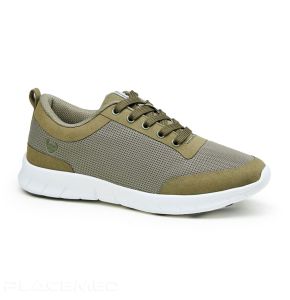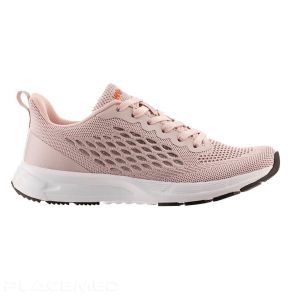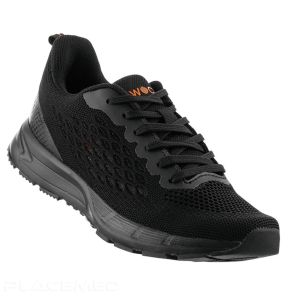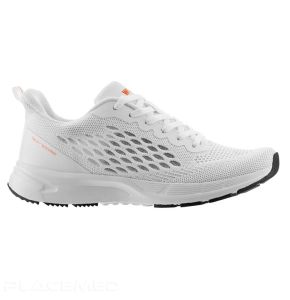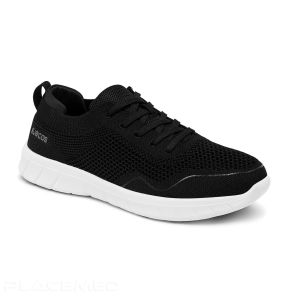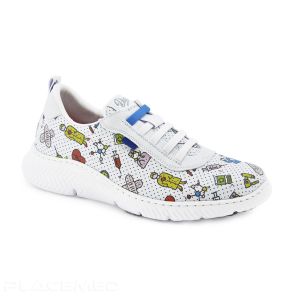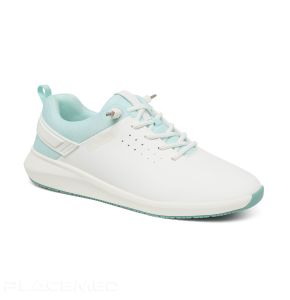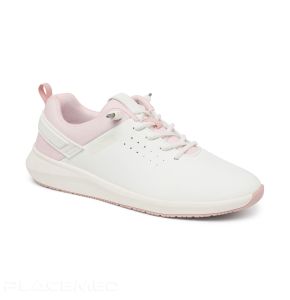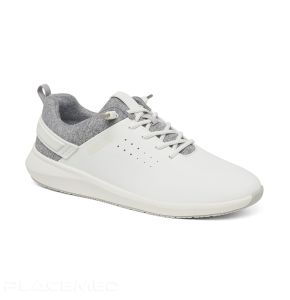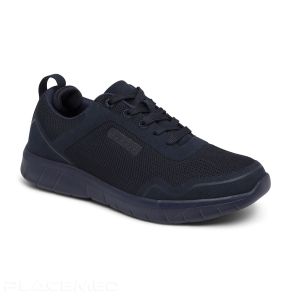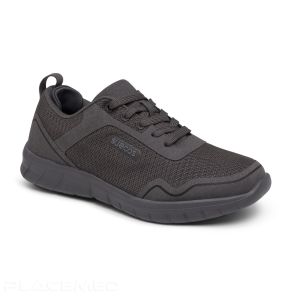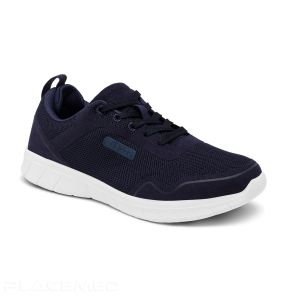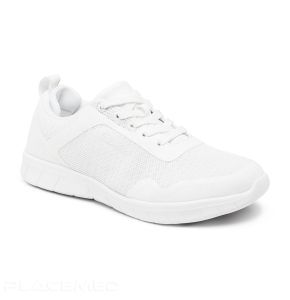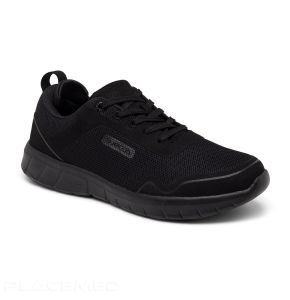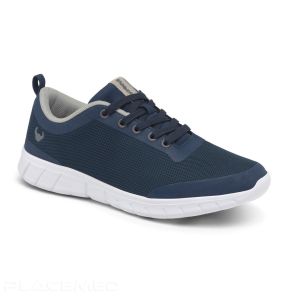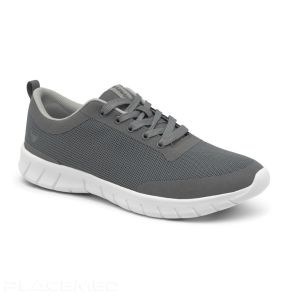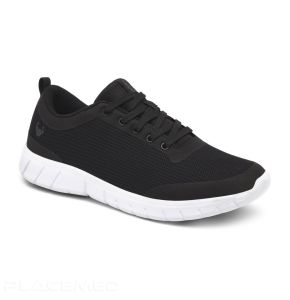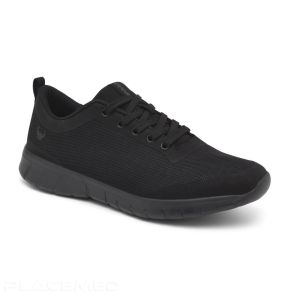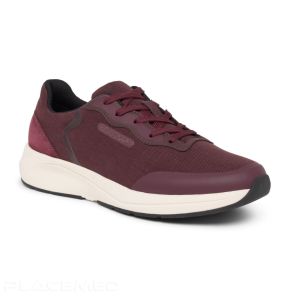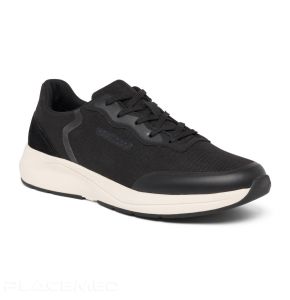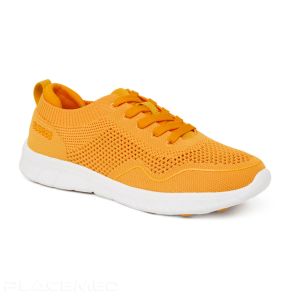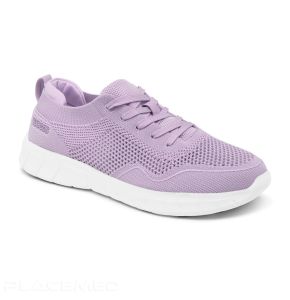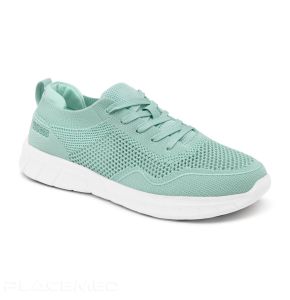Professional Medical Sneakers
SC-ALMA-OLIVE
WCK-BREELITE-PINK
WCK-BREELITE-BLACK
WCK-BREELITE-WHITE
SC-LATT-BLACK-AND-WHITE
SC-DAG-AQUAMARINE
SC-DAG-PEACHY-KEEN
SC-DAG-GREY
SC-STABIL-MARITIME-BLUE
SC-STABIL-GREY
SC-STABIL-NAVY
SC-STABIL-WHITE
SC-STABIL-BLACK
SC-ALMA-NAVY
SC-ALMA-GREY
SC-ALMA-BROWN
SC-ALMA-BLACK-WHITE
SC-ALMA-BLACK
SC-ALMA-WHITE
SC-VINTER-WINE
SC-VINTER-BLACK-WHITE
SC-LATT-ORANGE
SC-LATT-LILAC
SC-LATT-MINT
Medical Sneakers: The Perfect Alliance of Style and Professional Comfort
The medical sneaker is the modern solution for healthcare professionals who walk for miles every day. It combines the dynamic design of a sneaker with the technical requirements of your profession, proving that you no longer need to sacrifice style for comfort. Versatile, this work sneaker adapts to all environments in the medical field, offering a high-performance alternative to stay efficient throughout the day.
Cushioning and Dynamism: Technology at the Service of Your Feet
The performance of a medical sneaker relies on its ability to protect your body from repeated impacts. Unlike classic shoes, our models incorporate advanced cushioning technologies for lasting well-being. Most soles are made of EVA, a lightweight and responsive material that absorbs shock with every step. This exceptional cushioning protects your joints, from ankles to back, and perfectly supports your arch. Some models even offer an "energy return" that gives you a slight boost, reducing the feeling of fatigue so you stay dynamic, even after several hours on duty.
More Than a Sports Shoe: The Specifics of the Medical Sneaker
A medical sneaker is much more than a simple sports shoe. It is specifically designed for the constraints of healthcare professionals. Here's what sets it apart:
- Durability: The materials are selected for their durability and ease of cleaning. They are more resistant to fluids and strict hygiene protocols than the fabrics of traditional sneakers.
- Support: The foot is better supported thanks to lateral reinforcements adapted to multidirectional movements (fast walking, pivoting, prolonged standing).
- Safety: The outsole is a key element. Most of our medical sneakers comply with SRC standards, the highest level of grip, to prevent slips on wet or smooth floors.
- Comfort: The interior is often seamless to limit friction and irritation, a crucial detail when you're on your feet all day.
Choosing the Right Sneaker for Your Work Environment
The choice of your medical sneaker depends on your specialty. For emergency services or long shifts in the hospital, opt for an ultra-light model with reinforced ankle support for maximum responsiveness. For a doctor in consultation, a medical sneaker with a more understated design will fit perfectly with a formal medical uniform. Finally, for professions like nursing assistant or even beautician shoe, where there is a lot of standing, impeccable grip and optimal arch support are essential. Also consider the lacing system: traditional laces allow for a precise fit, while laceless systems offer more convenience.
 Francais
Francais 
